Photographing The Sun? Then Don’t Make These 10 Mistakes
5 min read

Professional Guide to Photographing the Sun
Are you an avid photographer who loves to capture the stunning beauty of the sun? Photographing the sun can be challenging, as it’s one of the brightest objects in the sky. But, with the right techniques and equipment, you can create some breathtaking images that capture the magic of this celestial body.
However, to capture the perfect shot, you need to avoid some common mistakes that many photographers make. Here are ten mistakes you should avoid when photographing the sun.
10 Best Things To Avoid When Photographing The Sun
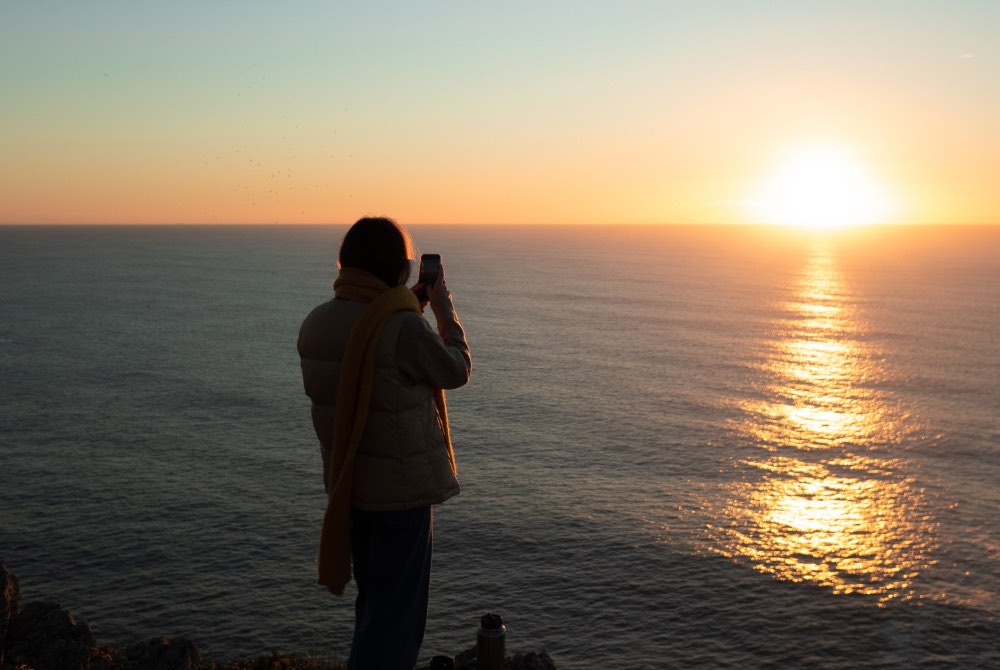
- Don’t look directly at the sun. This is the most critical mistake. The sun’s light is incredibly bright, and looking at it can cause permanent damage to your eyes. Use a filter or special glasses to protect your eyes when photographing the sun.
- Don’t use a camera without a proper filter. The sun’s brightness can damage the camera’s sensor, resulting in poor image quality. Use a solar filter to protect your camera and get the best results.
- Don’t shoot in automatic mode. Automatic mode on your camera may not produce the best results when photographing the sun. Instead, use manual mode and adjust the settings based on the lighting conditions.
- Don’t forget to adjust the shutter speed. The shutter speed is essential when capturing the sun’s motion. Use a faster shutter speed to capture the details of the sun’s surface, or a slower one to create a beautiful sunburst effect.
- Don’t forget to adjust the aperture. The aperture controls the depth of field in your image. Use a smaller aperture to create a sharp image of the sun, or a larger one to create a softer look.
- Don’t forget to use a tripod. A tripod will help you keep your camera steady and reduce camera shake, resulting in a sharper image.
- Don’t shoot in harsh sunlight. The sun’s harsh light can create harsh shadows and highlight details you may not want. Try to shoot during the golden hour, which is the hour before sunset and after sunrise.
- Don’t forget to adjust the white balance. The white balance will affect the color temperature of your image. Adjust it based on the lighting conditions to get the most accurate colors.
- Don’t forget to clean your lens. A dirty lens can result in blurry images. Use a microfiber cloth to clean your lens before shooting.
- Don’t over-edit your images. The sun is beautiful on its own, so there’s no need to over-edit your images. Keep the editing minimal to maintain the natural beauty of your photo.
Sun Photos in Slideshow
Finally, to display your photos of the sun in a slideshow, try using the free-to-download PhotoMeister app. This app is easy to use and allows you to create beautiful slideshows with your photos.
This application is currently available exclusively for iPhone, iPad and Mac users. Try PhotoMeister with no strings attached and download it from the Apple App Store.
How do I take good pictures of the sunrise with my iPhone 11?
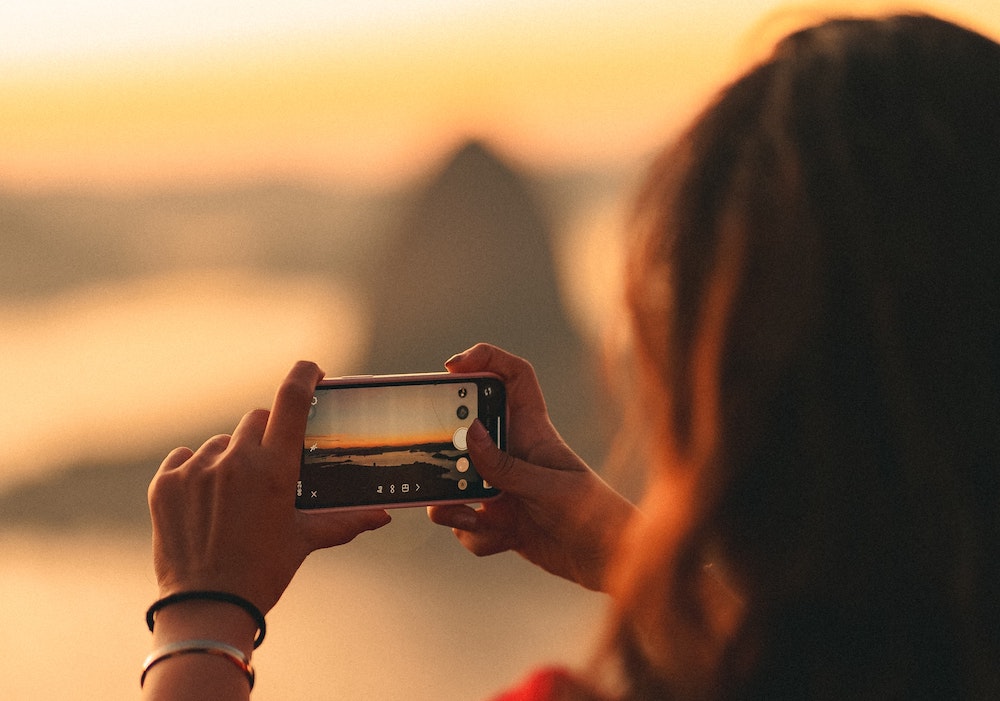
If you’re wondering how to take good pictures of the sunrise with your iPhone 11, the tips mentioned above also apply. Remember to use a solar filter and adjust the settings manually. But, keep in mind that photographing the sun is bad for your phone, so use caution.
To take a picture of the sun without glare, use a polarizing filter. It will help reduce the glare and enhance the colors in your image.
Quote
“I really believe there are things nobody would see if I didn’t photograph them.” – Diane Arbus, American photographer.
Will photographing the sun damage a camera?
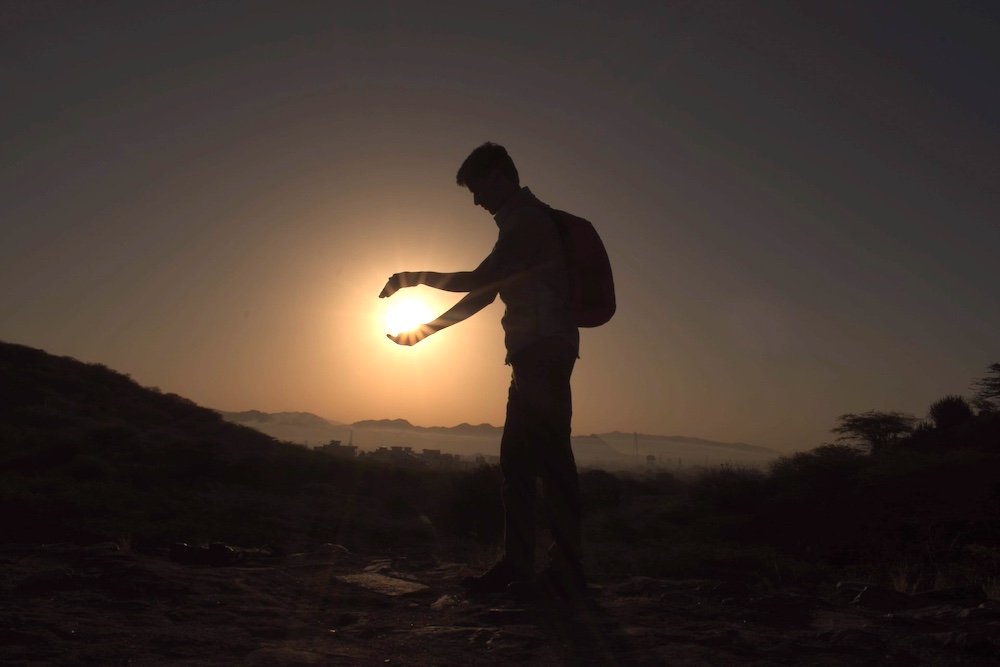
Yes, photographing the sun without proper protection can potentially damage a camera. According to the experts at Nikon, the sun’s intense light can damage a camera’s sensor, resulting in permanent damage to the camera’s imaging capabilities (source: Nikon USA).
To protect the camera, it is recommended to use a solar filter or a neutral density filter. A solar filter is specifically designed for photographing the sun and blocks out most of the light. A neutral density filter reduces the amount of light that enters the camera, but it is not as effective as a solar filter. Both types of filters can be purchased online or at photography stores.
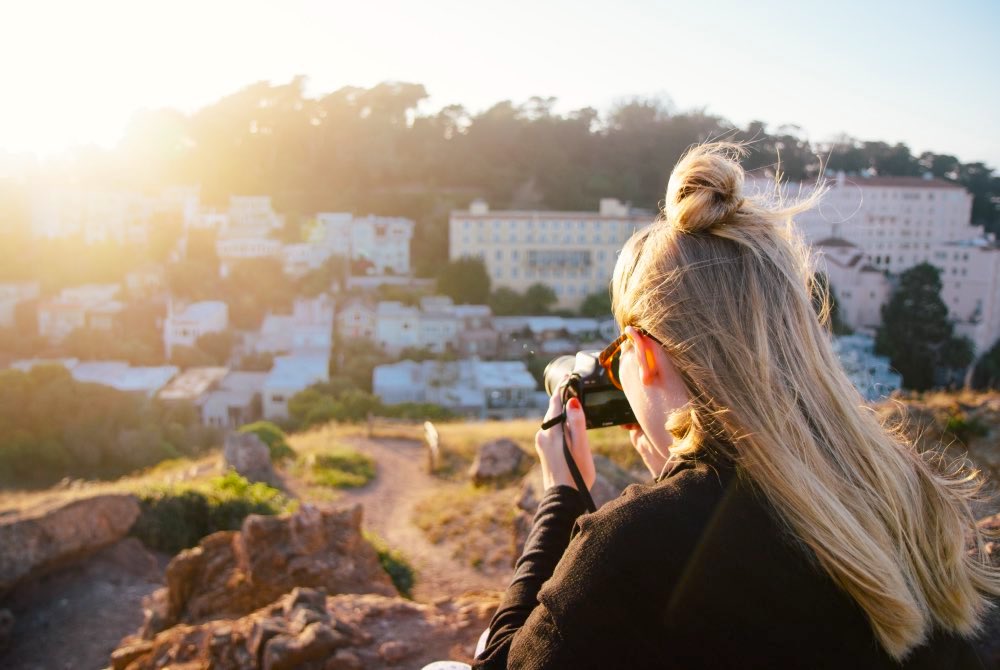
It is also important to note that looking directly at the sun through the camera’s viewfinder or LCD screen can cause permanent damage to the eyes. To protect your eyes, experts recommend using solar eclipse glasses or a specially designed solar filter that fits over the camera’s viewfinder (source: NASA).
In summary, photographing the sun can potentially damage a camera’s sensor, and it is recommended to use a solar or neutral density filter to protect the camera. It is also essential to protect your eyes from the sun’s harmful rays. Always follow the expert advice and use proper equipment when photographing the sun to ensure a safe and successful experience.
Will photographing the sun damage my Apple iPhone camera?
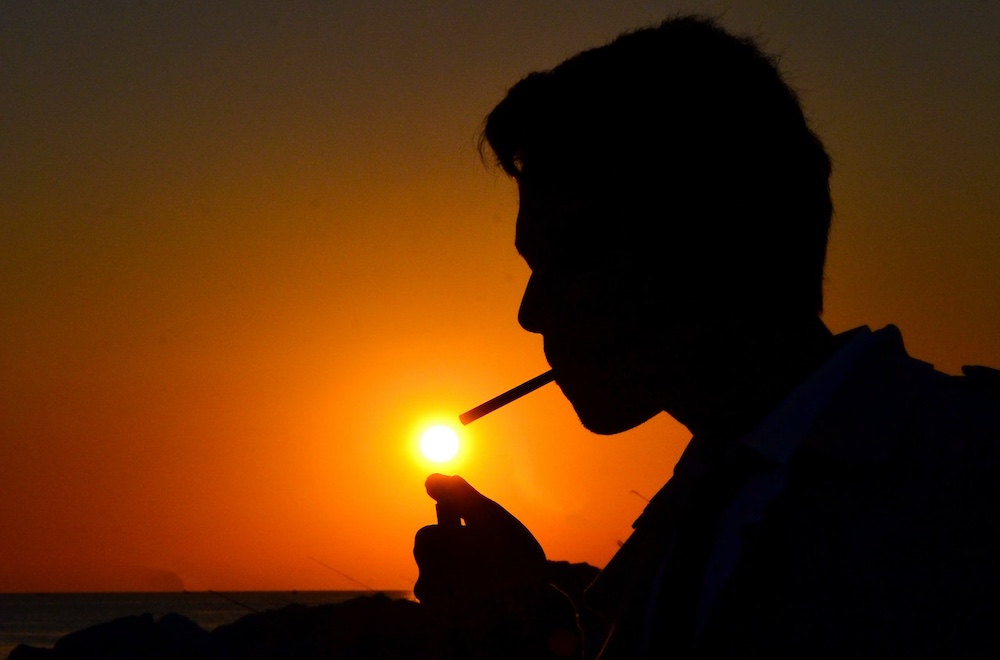
According to Apple, photographing the sun can potentially cause damage to the iPhone camera’s sensor and affect its performance. The camera sensor in the iPhone is sensitive to bright light, and exposing it to direct sunlight for an extended period can cause permanent damage.
Apple recommends not to point the iPhone camera directly at the sun or any other bright light source, including reflections of the sun on water or other surfaces. If you do want to capture the sun, Apple suggests using a solar filter, which can reduce the amount of light entering the camera and protect the sensor. It’s also essential to avoid looking directly at the sun through the iPhone’s camera lens, as this can harm your eyes.
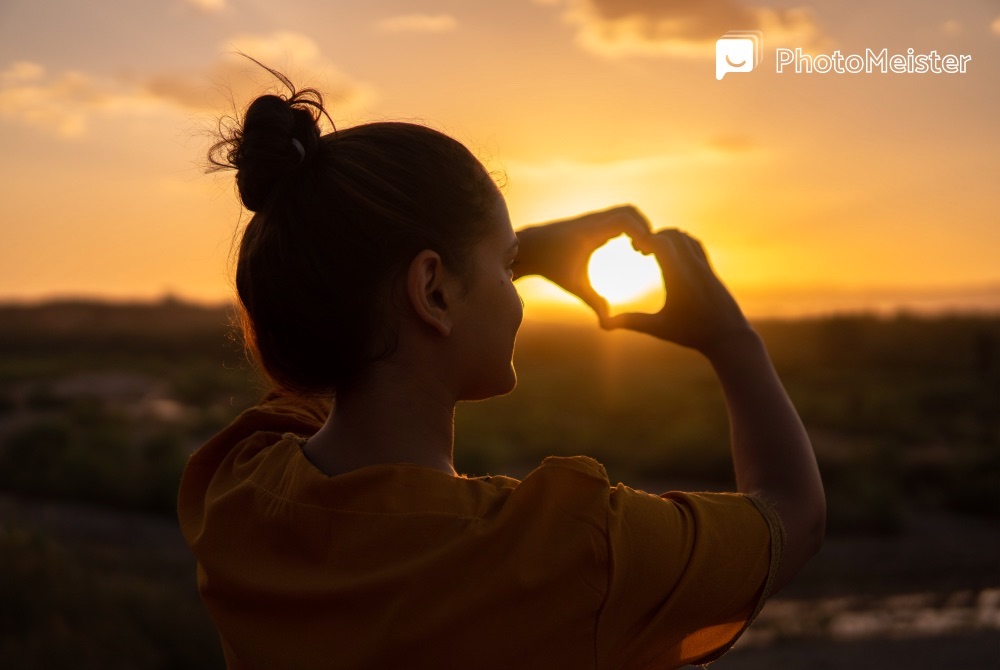
In summary, Apple advises against photographing the sun with an iPhone camera without proper protection. It is crucial to use a solar filter and avoid pointing the camera directly at the sun or other bright light sources. Following these guidelines can help prevent damage to the iPhone camera sensor and ensure safe and successful photography.
Conclusion
In conclusion, photographing the sun is a challenging but rewarding experience. By avoiding the ten mistakes mentioned above, you can capture stunning images that showcase the sun’s beauty. Remember to use caution, protect your eyes and equipment, and always be creative. Happy shooting!
ALSO DISCOVER:
How To Invert Photos On iPhone?


